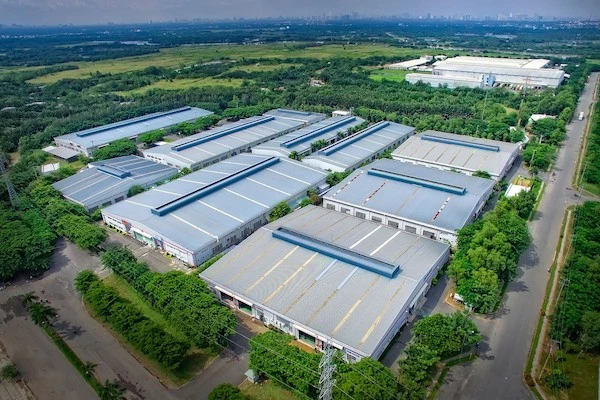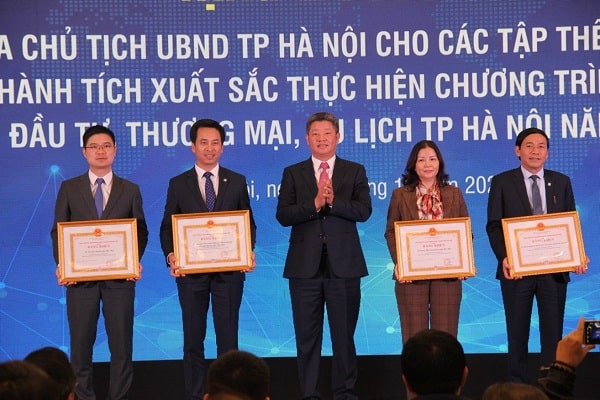Fortyfying the global supply chain has brought optimistic changes to Viet Nam industrial real estate market
Sao Thai Duong: Aspiration to bring the quintessence of Vietnamese medicinal herbs to the world / Copyrights in the Digital Age
Macro factors affecting the supply chain
Over the past 20-plus years, we’ve witnessed unconstrained globalisation. But the pandemic and geopolitical tensions have forced a rethink – and the focus is now on security and protectionism. Governments are looking to drive domestic productivity while safeguarding strategically important sectors.
These geopolitical shifts could have an impact on international capital flows into real estate markets. And they will also impact demand for specific types of commercial property, particularly logistics and manufacturing, across North America, Europe and Asia Pacific.
These factors have affected the change of the factory location selection strategy from “offshoring” to other strategies like “reshoring”, “nearshoring” or “friendshoring”.
North America
“Resilience” has become a buzzword for supply chain managers in North America. But cost remains the single biggest factor in location decisions. Although job announcements linked to nearshoring have risen in recent years – with these primarily relocating from Northeast Asia – many firms are still utilising overseas manufacturing and benefiting from cheaper labour.

With Inflation Reduction Act 2022, US companies in sectors deemed strategically important, such as green energy, are being offered huge subsidies and tax breaks to relocate. Similar incentives are provided through the CHIPS for America Act 2022, designed to reduce US reliance on imports of semiconductors from Taiwan and South Korea. Accordingly, this came with a US$280 billion budget package, of which US$ 39 billion to improve domestic semiconductors and US$ 13.2 billion for research, training and human resources development.
This stimulus is supporting a boom in the construction of manufacturing plants in the US.
Europe
The huge demand for industrial warehousing in Europe in recent years has been mainly down to the pandemic and the rise in online retail.
Over the medium term, however, the security of supply chains and the need to invest in green technology will have a greater impact.
Nearshoring may also create opportunities for real estate investment in Eastern Europe, particularly those countries strategically aligned to EU objectives and values but benefiting from cheaper labour pools.
This emphasis on protecting supply chains will create a slow-burn ripple effect in demand for warehousing and manufacturing in commercial real estate markets. This contrasts with the rapid surge in demand seen in recent years from the explosion in online retailing.
Asia Pacific
China remains the “world’s factory”, accounting for around 30 per cent of global manufacturing. It holds a significant competitive advantage with its relatively mature infrastructure, high-quality workforce and deep integration into global supply chains.
However, rising labour costs in China mean it is not as cost-effective as it once was, particularly when domestic incentives to reshoring are factored in. There has also been a noticeable slowdown in foreign companies, such as Apple, establishing new facilities there.
Countries such as Vietnam and Indonesia could benefit if firms start to look for other low-cost production centres in Asia, particularly when it comes to labour-intensive and low-margin industries.
This opportunity has brought optimistic changes to Viet Nam industrial real estate market.
Mr Thomas Rooney - Senior Manager of Industrial Services, Savills Ha Noi shared: “Both manufacturing PMI and Industrial production have also seen positive increases over the previous months of 2023. The fact remains that there is continual sizable investment into the market and activity on the ground level is rampant.”
However, the global economic situation has led to a decline in aggregate demand. So, it’s going to be down to how quickly the government addresses these issues and places relevant contingencies into place to boost the economy once again.
For the near-term outlook, transactions are still being made and the supply is in abundance. For ready-built supply, there continues to be aggressive competition in locations such as Hai Phong. Local and foreign tenants, and RB developers, continue to show strong desires in investing in Bac Ninh as it has recently ranked 3rd as a location for FDI nationally.
Overall, the redirection in the global supply chain has brought many opportunities but also some challenges. Viet Nam market needs to meet trends and access opportunities fully and quickly so that we can make the best use of it and make a breakthrough.
End of content
Không có tin nào tiếp theo
